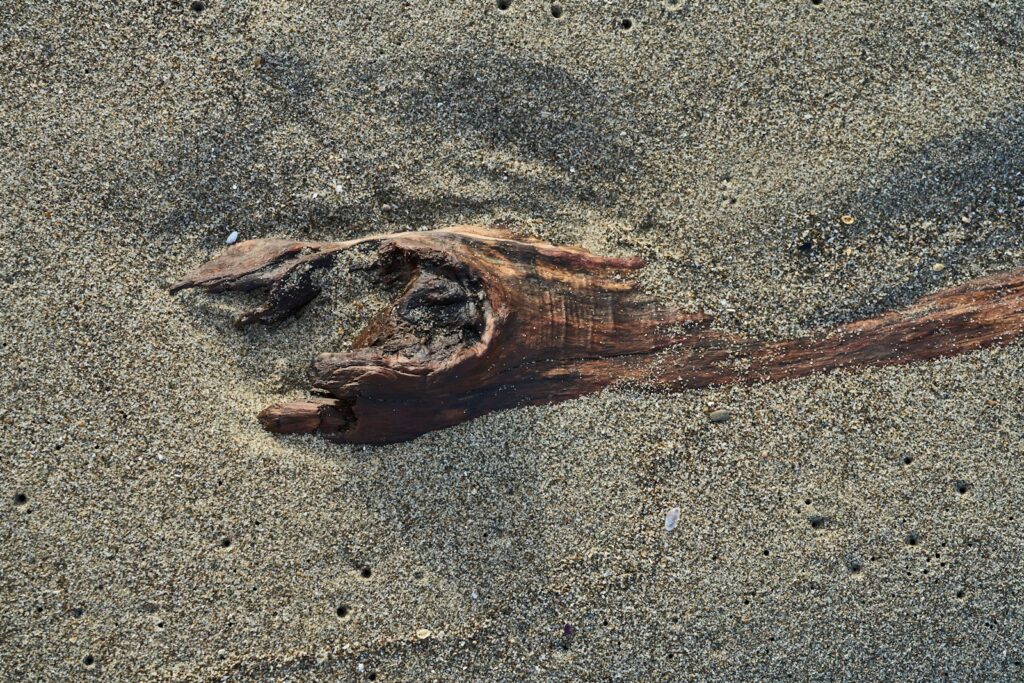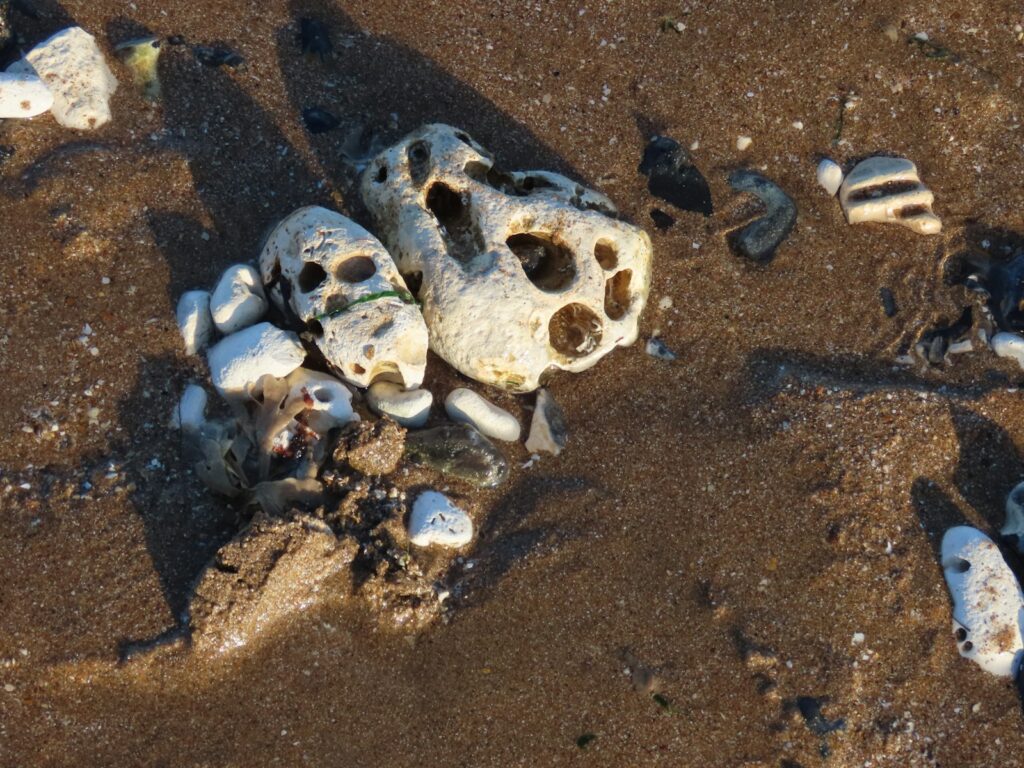Ever since the first dinosaur roared across the silver screen, Hollywood has been locked in an epic battle between scientific accuracy and pure entertainment value. From the groundbreaking special effects of “Jurassic Park” to the monster mayhem of “Godzilla,” filmmakers have shaped our understanding of these prehistoric giants in ways both spectacular and spectacularly wrong. But here’s the thing that might surprise you: some of cinema’s most beloved dinosaur moments are actually closer to scientific reality than you’d expect, while others are so far off the mark they’d make a paleontologist weep into their fossil collection.
The Feathered Revolution That Movies Keep Ignoring
One of the most shocking discoveries in paleontology over the past two decades has been the revelation that many dinosaurs were actually covered in feathers, not the scaly, reptilian skin we see in most films. Scientists have found fossilized evidence of feathers on numerous dinosaur species, including the mighty Tyrannosaurus rex, which likely sported a downy coat that would have made it look less like a terrifying monster and more like a gigantic, deadly chicken.
Yet Hollywood continues to portray dinosaurs as giant lizards, despite overwhelming evidence to the contrary. This persistence stems partly from our deeply ingrained mental image of what dinosaurs “should” look like, but also from the practical challenges of animating realistic feathers in CGI. The few films that have attempted to show feathered dinosaurs often receive mixed reactions from audiences who expect their prehistoric predators to look more traditionally reptilian.
The scientific consensus now suggests that feathers originally evolved not for flight, but for temperature regulation and display purposes. These colorful plumes would have made dinosaurs look more like exotic birds than the drab, earth-toned creatures we typically see on screen.
Speed Demons or Lumbering Giants?
The chase scenes in “Jurassic Park” where a T. rex pursues a speeding jeep became instantly iconic, but they’re probably about as realistic as a unicorn riding a bicycle. Modern biomechanical studies suggest that large theropods like T. rex could reach speeds of around 12-15 mph at best, making them more like fast-walking predators than high-speed pursuit vehicles.
The physics simply don’t work for a six-ton animal to sustain the kind of galloping speeds Hollywood loves to show. If a T. rex actually tried to run at 30 mph like in the movies, the impact forces would likely shatter its leg bones upon landing. Think of it like asking an elephant to sprint like a cheetah – the body mechanics just aren’t built for it.
However, smaller dinosaurs were indeed speed demons. Velociraptors, despite being portrayed as human-sized in films, were actually about the size of a large dog but could probably reach speeds of 20-25 mph. Their smaller mass allowed for the kind of agility and speed that would make them formidable pack hunters.
The Great Size Inflation Scandal
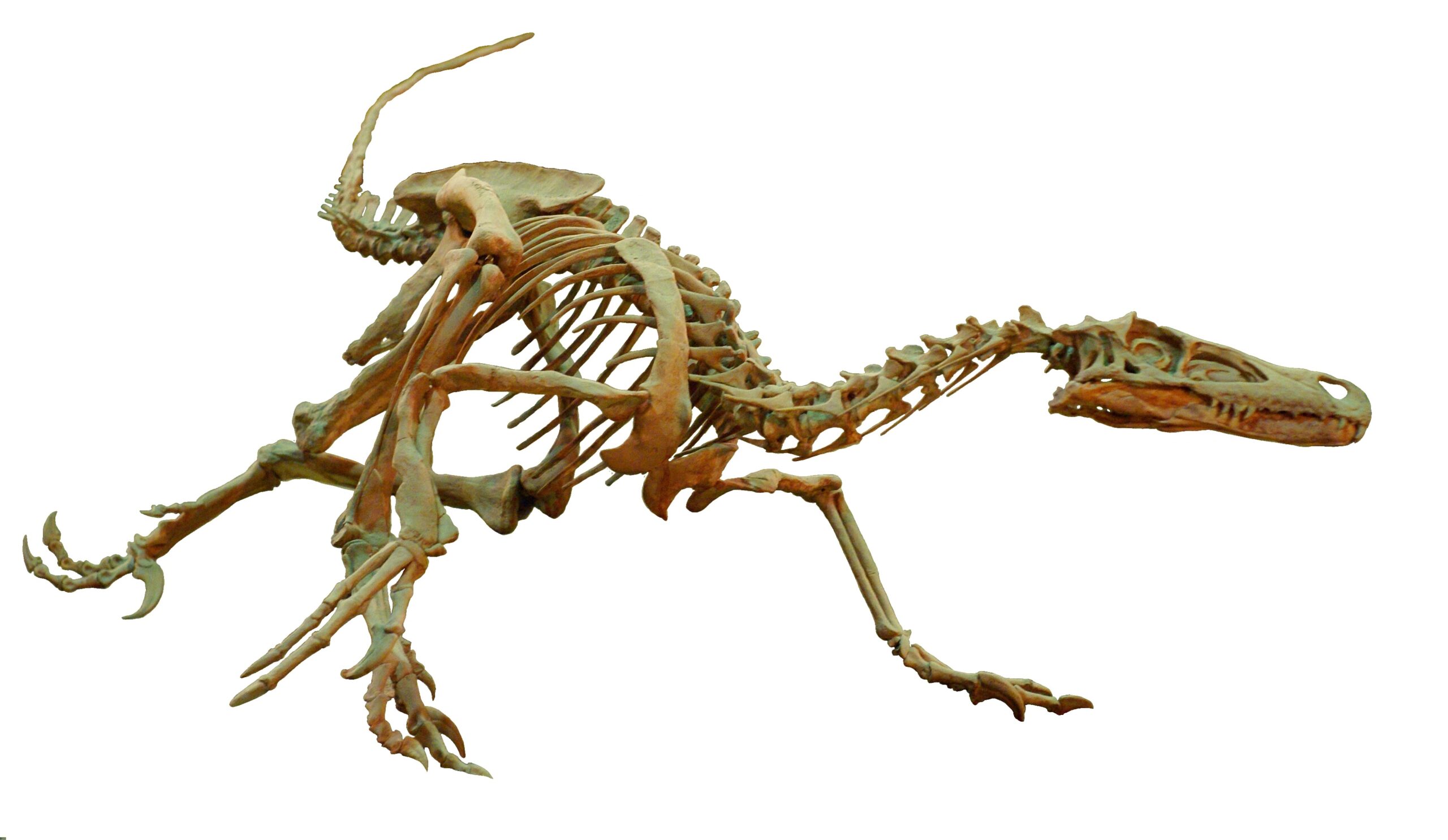
Hollywood has a serious case of size inflation when it comes to dinosaurs, and nowhere is this more obvious than with the famous Velociraptor. In “Jurassic Park,” these cunning predators stand about six feet tall and weigh several hundred pounds, making them perfect human-hunting machines. In reality, Velociraptors were roughly the size of a turkey, weighing about 30 pounds and standing just two feet tall.
This dramatic size increase wasn’t just artistic license – it was a deliberate choice by filmmakers who felt that turkey-sized predators wouldn’t be threatening enough for their story. The actual dinosaur they were modeling was closer to Deinonychus, a larger raptor that lived in North America, but even that species was nowhere near the movie version’s intimidating stature.
On the flip side, some dinosaurs were actually much larger than films typically show them. The recently discovered Argentinosaurus may have reached lengths of up to 115 feet and weighed as much as 12 elephants, making even the massive Brachiosaurus from “Jurassic Park” look like a lightweight in comparison.
Pack Hunting: Hollywood’s Favorite Dinosaur Fiction
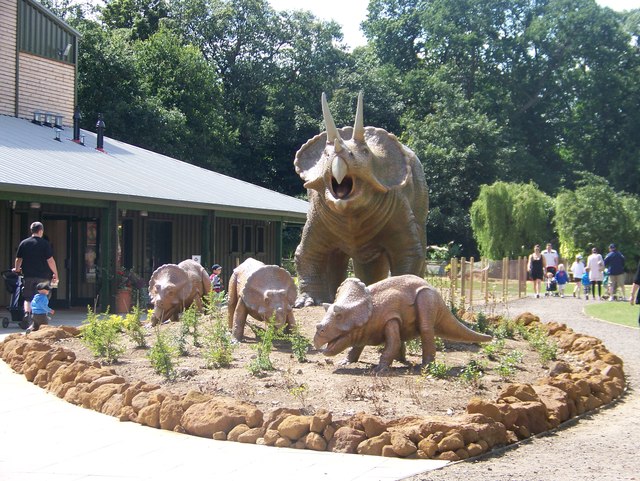
The terrifying pack-hunting scenes featuring raptors in dinosaur movies have become a staple of the genre, but there’s surprisingly little evidence that most dinosaurs actually hunted in coordinated groups. While modern birds of prey and crocodiles (dinosaurs’ closest living relatives) occasionally show cooperative hunting behavior, it’s usually limited to simple mobbing rather than the sophisticated tactical maneuvers we see on screen.
The fossil evidence for pack hunting among dinosaurs is extremely sparse and often debated among paleontologists. What appears to be group hunting behavior could easily be explained by multiple predators being attracted to the same carcass or seasonal congregation around food sources. The complex communication and strategic planning required for Hollywood-style pack hunts would need a level of intelligence that’s questionable for most dinosaur species.
However, there is some evidence that certain dinosaurs may have lived in family groups or small social units. Trackways showing multiple individuals moving together have been found for some species, suggesting at least basic social behavior, even if it wasn’t the military-precision hunting we see in films.
The Sound and Fury Problem
The bone-chilling roars of movie dinosaurs are pure Hollywood invention, and they’re probably nothing like what these creatures actually sounded like. The iconic T. rex roar from “Jurassic Park” was created by combining sounds from elephants, alligators, and tigers – all mammals or reptiles that produce sound very differently from how birds (dinosaurs’ descendants) do.
Recent research suggests that dinosaurs likely made sounds more similar to modern birds, including cooing, hissing, and low-frequency rumbles that might have been below human hearing range. Some may have produced sounds through closed-mouth vocalizations, like the deep rumbles elephants use to communicate over long distances, rather than the open-mouthed roars we associate with movie monsters.
The discovery of a fossilized voice box from a duck-billed dinosaur in 2016 provided the first direct evidence of how these creatures might have sounded. The results suggested they could produce a range of sounds, but nothing like the terrifying roars that have become synonymous with dinosaur films.
Color Me Surprised: The Rainbow Dinosaur Reality
Movies typically portray dinosaurs in earth tones – browns, grays, and muted greens that make them look like walking pieces of bark or stone. This conservative color palette might seem scientifically cautious, but it’s actually far from the truth. Recent advances in analyzing fossilized melanosomes (the structures that produce color in feathers and skin) have revealed that dinosaurs were likely much more colorful than we ever imagined.
Some dinosaurs sported brilliant reds, deep blues, and iridescent blacks that would have made them look more like exotic tropical birds than the drab creatures we see on screen. The small theropod Borealopelta, for instance, had a reddish-brown coloration with light-colored undersides, representing one of the first dinosaurs whose color pattern has been scientifically determined.
This vibrant coloration would have served multiple purposes: camouflage, temperature regulation, and sexual display. Just like modern birds, dinosaurs probably used their colorful plumage to attract mates and establish dominance hierarchies, making the prehistoric world a much more visually spectacular place than cinema typically depicts.
The Intelligence Debate: Clever Girls or Simple Beasts?
One of the most memorable lines from “Jurassic Park” – “Clever girl” – hints at the high intelligence attributed to dinosaurs in films, but the reality is far more complex. While some dinosaurs were certainly more intelligent than others, the problem-solving abilities and tactical thinking shown in movies are likely greatly exaggerated for most species.
Brain-to-body ratio studies suggest that some dinosaurs, particularly smaller theropods, had relatively large brains for their size. Troodon, a small dinosaur from the late Cretaceous period, had one of the largest brain-to-body ratios among dinosaurs and might have been roughly as intelligent as modern birds. However, even the smartest dinosaurs were probably nowhere near the cunning, door-opening masterminds portrayed in films.
The intelligence shown by movie dinosaurs often requires not just problem-solving ability but also an understanding of human technology and behavior that would be impossible for any extinct creature. Real dinosaur intelligence was likely more focused on basic survival skills like finding food, avoiding predators, and caring for young rather than outsmarting human captors.
Breathing Life Into Stone: What Fossils Really Tell Us
The process of recreating dinosaurs from fossils, as shown in “Jurassic Park,” captures the public imagination but glosses over the incredible complexity of paleontological reconstruction. Movies make it seem like scientists can easily determine everything about a dinosaur from its bones, but the reality is that fossils provide only a fraction of the information needed to understand these creatures completely.
Soft tissues like skin, muscle, and internal organs rarely fossilize, leaving paleontologists to make educated guesses about dinosaur anatomy based on comparisons with modern animals. The posture, movement, and even basic appearance of dinosaurs are often hotly debated among scientists, with new discoveries regularly overturning previously accepted ideas.
What’s truly remarkable is how much scientists can determine from bones alone. Bite marks on fossils tell stories of predator-prey relationships, bone density reveals information about growth rates and metabolism, and even fossilized stomach contents provide clues about diet and behavior. The detective work involved in paleontology is far more complex and nuanced than any movie depicts.
The Metabolism Mystery: Hot-Blooded or Cold-Blooded?
The question of whether dinosaurs were warm-blooded or cold-blooded has been one of the most contentious debates in paleontology, and movies have generally sided with the warm-blooded camp for dramatic effect. Active, energetic dinosaurs make for better action sequences than sluggish, sun-basking reptiles, but the scientific evidence paints a more complex picture.
Current research suggests that dinosaurs likely had a range of metabolic strategies, with some being fully warm-blooded, others cold-blooded, and many falling somewhere in between. Large dinosaurs might have been “gigantothermic,” meaning they maintained constant body temperature through their sheer size rather than active metabolism, much like modern leatherback sea turtles.
The implications of dinosaur metabolism extend far beyond just how active they were. Warm-blooded dinosaurs would have needed to eat much more frequently than cold-blooded ones, affecting everything from their hunting behavior to their population densities. Movies rarely explore these ecological complexities, focusing instead on the immediate drama of predator-prey interactions.
Family Values: Dinosaur Parenting in Focus
While movies often focus on dinosaurs as solitary predators or prey, the fossil evidence reveals a surprisingly complex world of family relationships and parental care. Dinosaur nests, eggs, and even fossilized embryos provide glimpses into reproductive behaviors that are rarely explored in cinema beyond the basic “protection of young” storylines.
Some dinosaurs built elaborate nests, incubated their eggs like modern birds, and cared for their young long after hatching. The discovery of adult dinosaurs fossilized while brooding their nests suggests that parental care was sophisticated and devoted, with some species potentially feeding and protecting their offspring for months or even years.
The social dynamics of dinosaur family groups were likely as complex as those of modern animals. Evidence suggests that some species may have had extended family structures, with multiple generations living together and sharing parental duties. This creates a picture of dinosaur society that’s far more nuanced than the simple predator-prey relationships typically shown in films.
Environmental Accuracy: The World They Actually Lived In
The prehistoric landscapes shown in dinosaur movies often look like modern tropical jungles or generic wilderness areas, but the actual environments where dinosaurs lived were dramatically different from anything we see today. The Mesozoic Era had no grass, no flowers for most of its duration, and atmospheric conditions that would have created landscapes unlike anything in our modern world.
During much of the dinosaur era, atmospheric carbon dioxide levels were significantly higher than today, creating a greenhouse effect that kept the planet warm from pole to pole. There were no ice caps, sea levels were much higher, and the continents were arranged very differently. These conditions created unique ecosystems that movies rarely attempt to accurately portray.
The plant life that dinosaurs actually encountered consisted mainly of ferns, cycads, and conifers, with flowering plants only appearing later in the Cretaceous period. This means that the lush, flower-filled landscapes often shown in films are anachronistic for most of dinosaur history, representing environments that simply didn’t exist when many famous dinosaurs were alive.
The Extinction Event: More Than Just a Meteor
Most dinosaur movies that address extinction focus solely on the asteroid impact that ended the Cretaceous period, but the reality of dinosaur extinction is far more complex and occurred over millions of years. While the asteroid impact 66 million years ago was indeed catastrophic, it was just the final blow to dinosaur populations that were already under severe stress from multiple factors.
Massive volcanic eruptions in what is now India had been releasing toxic gases and changing global climate for thousands of years before the asteroid hit. Sea levels were changing, temperatures were fluctuating, and ecosystems were already unstable when the space rock delivered the final devastating blow. The extinction wasn’t a single dramatic event but rather a perfect storm of catastrophes.
Even more interesting is the fact that not all dinosaurs went extinct – birds are literally living dinosaurs, making the extinction event more of a massive evolutionary bottleneck than a complete ending. This means that every time you see a sparrow or eagle, you’re looking at a direct descendant of the creatures that ruled the Earth for over 160 million years.
DNA and De-extinction: The Jurassic Park Fantasy
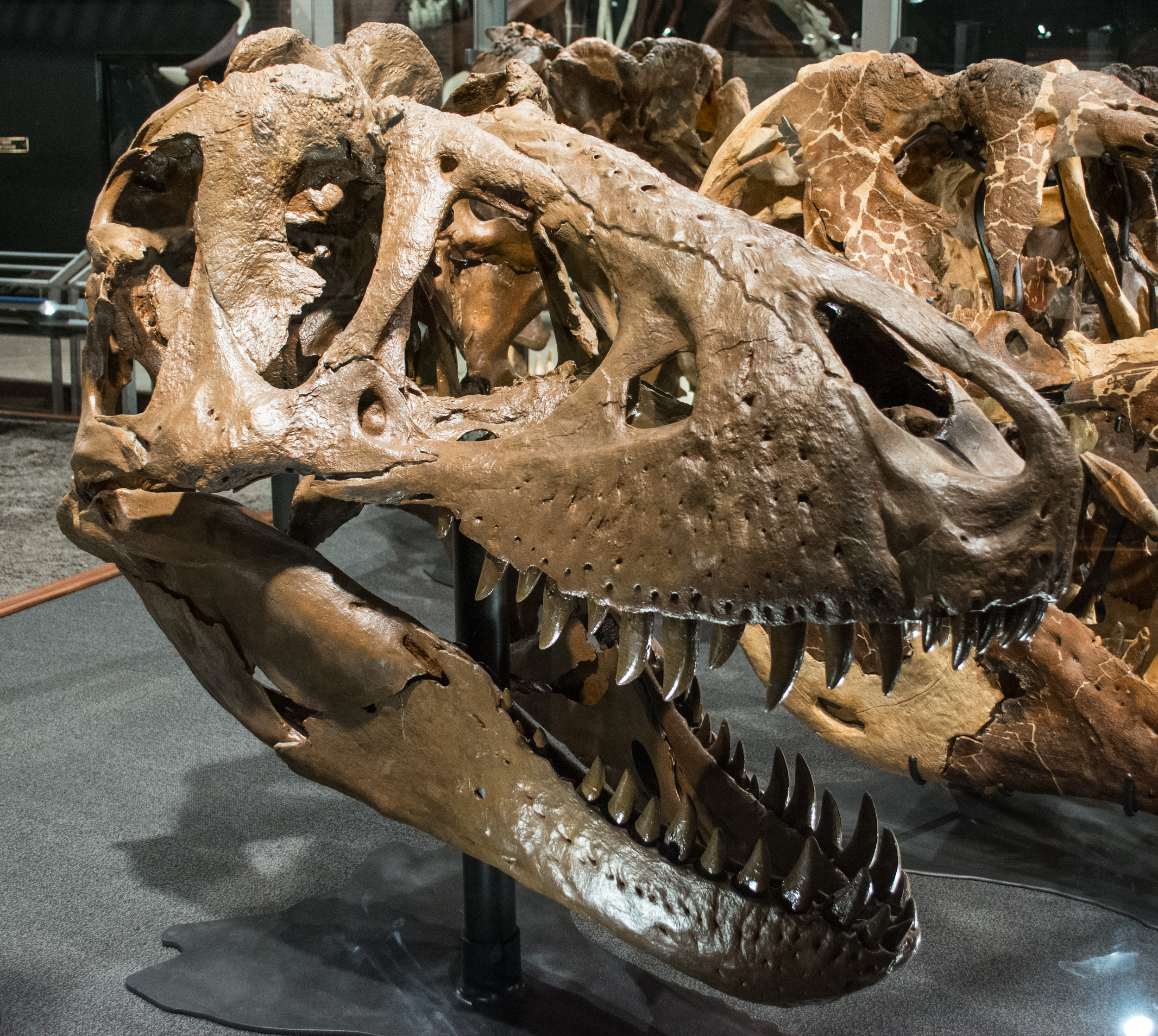
The central premise of “Jurassic Park” – that dinosaur DNA could be extracted from mosquitoes preserved in amber – captivated audiences but relies on several scientific impossibilities. DNA degrades over time, and even under the best preservation conditions, it becomes unreadable after about a million years. Since dinosaurs died out 66 million years ago, the likelihood of finding intact dinosaur DNA approaches zero.
Recent advances in genetic engineering and synthetic biology have made some forms of de-extinction possible, but they rely on having closely related living species to work with. Scientists have successfully brought back extinct species like the Pyrenean ibex (though it died shortly after birth), but these projects involved DNA that was only decades old, not millions of years old.
The idea of filling in missing DNA sequences with frog genes, as shown in the movies, would create something that might look like a dinosaur but would be genetically more like a bizarre chimera. The complex interplay between genes, development, and environment means that even if we could somehow obtain dinosaur DNA, the resulting creatures would likely bear little resemblance to their ancient ancestors.
Modern Discoveries Reshaping Our Understanding
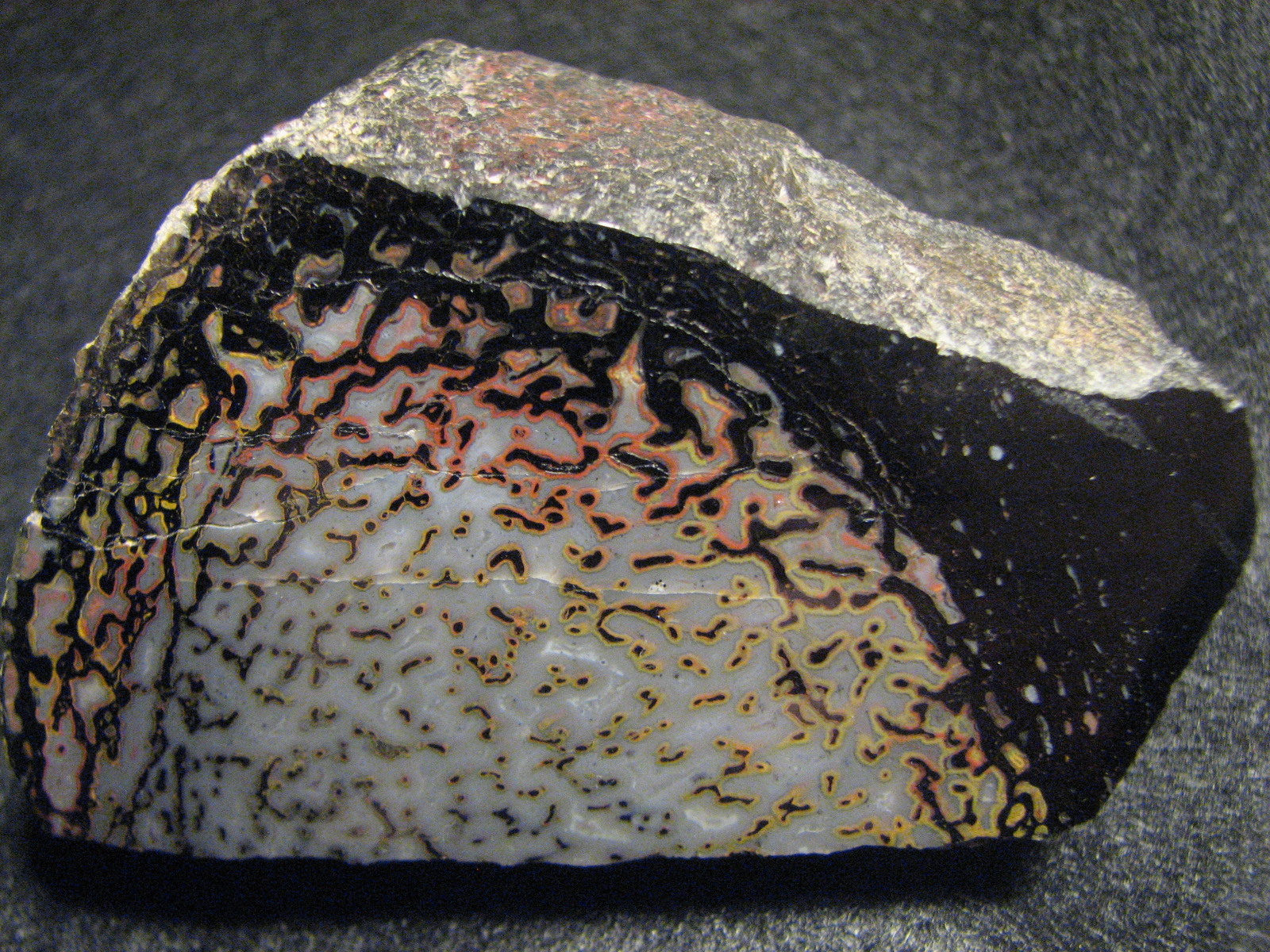
The field of paleontology is advancing at an unprecedented pace, with new discoveries regularly overturning long-held assumptions about dinosaur biology and behavior. Recent findings have revealed dinosaurs with bat-like wings, others with elaborate head crests used for communication, and species that lived in polar regions and survived harsh winters.
Perhaps most exciting are the discoveries of exceptionally preserved fossils that include soft tissues, allowing scientists to study dinosaur biology in ways that were impossible just a few decades ago. Fossils with preserved skin, muscle fibers, and even possible blood vessels are providing insights into how these creatures actually lived and moved.
These ongoing discoveries mean that our understanding of dinosaurs is constantly evolving, making many movie portrayals outdated almost as soon as they’re released. The challenge for filmmakers is balancing scientific accuracy with entertainment value while working with knowledge that’s continually changing.
The Lasting Impact of Cinematic Dinosaurs
Despite their scientific inaccuracies, dinosaur movies have had an undeniably positive impact on public interest in paleontology and natural history. Museums report significant increases in visitor numbers following major dinosaur film releases, and many paleontologists credit movies with inspiring their career choices. The visual spectacle of cinema brings these ancient creatures to life in ways that textbooks and museum displays simply cannot match.
The challenge moving forward is finding ways to make scientifically accurate dinosaurs as compelling as their Hollywood counterparts. Some recent documentaries and films have begun incorporating the latest scientific discoveries, showing feathered dinosaurs and more realistic behaviors, but they often struggle to capture the same level of excitement as traditional monster movies.
The ongoing dance between scientific accuracy and entertainment value continues to shape how we perceive these magnificent creatures. While movies may never be perfectly accurate, they serve as a gateway to scientific curiosity that can lead viewers to seek out more accurate information about the real prehistoric world. The next time you watch a dinosaur movie, remember that the truth about these ancient creatures is often more fascinating than any fiction Hollywood could create.



